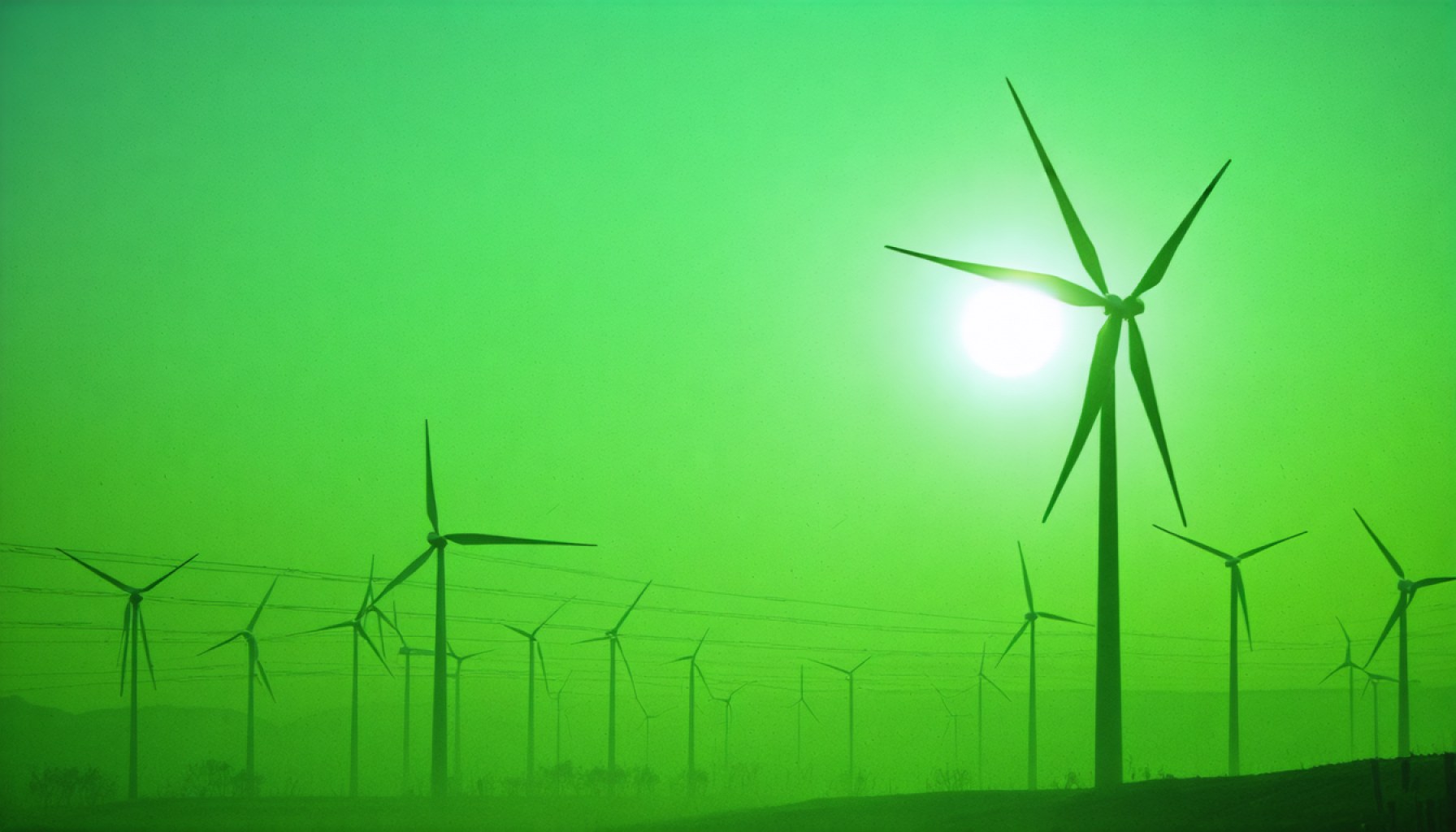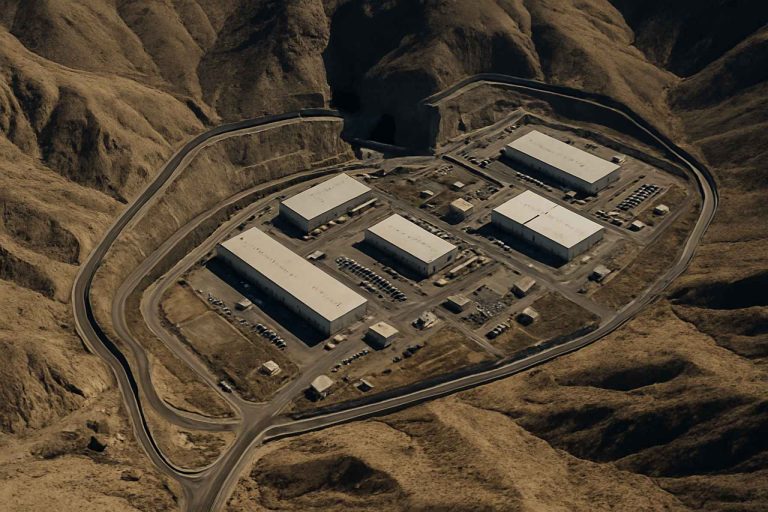
- A documentary titled “Bright Green Lies” critiques the clean energy narrative, questioning the efficacy of solar and wind power.
- Critics argue the documentary’s claims are alarmist, as renewable energy continues to grow and demonstrate potential.
- Renewables, like wind and solar, are increasingly contributing to electricity supplies; for example, Germany’s renewable share surpassed 50% in 2023.
- Technological innovations in areas such as battery recycling and advanced energy grids strengthen the case for renewables.
- A Stanford study supports the feasibility and benefits of a 100% renewable energy future.
- There is concern that misinformation could undermine progress in the green energy sector.
- Society needs a fact-based approach to energy debates, emphasizing renewables as key in combatting climate change.
A documentary and book titled “Bright Green Lies” has sparked heated conversations online, challenging the very fabric of the clean energy narrative. The piece questions the viability of renewable energy sources like solar and wind, suggesting a radical and unrealistic shift toward “primitivism” as humanity’s only hope for sustainability.
This audacious claim, however, clashes with a robust body of evidence showing the efficacy and growth of renewables. Critics argue the documentary distorts facts with alarmist narratives, suggesting that renewables are inconsequential or overly reliant on vast land expanses. For instance, it unconvincingly asserts that wind farms would need to blanket over 70% of the United States to meet energy needs.
Yet global realities paint a different picture. According to the International Energy Agency, renewable energy sources supplied over 39% of Germany’s electricity in 2022, and even eclipsed the halfway mark in 2023. In the United States, wind energy alone outpaced coal, showing the incredible potential of renewables to pivot away from fossil fuels.
Technological advancements continue to bolster the case for renewables. Innovations in battery recycling and offshore wind are reducing environmental impacts, while increasingly sophisticated grids enhance efficiency. A Stanford University study advocates that a 100% renewable energy landscape is not only feasible but economically lucrative and environmentally sound.
Online discussions underscore the concern that “Bright Green Lies” could derail genuine progress in the green energy sector by spreading misinformation. Many critic voices highlight the risks of alarmist perspectives that thrive on fear, and instead emphasize a future where clean energy is integral to solving the climate crisis.
In an era marked by climate challenges, it is crucial to ground our energy debate in reality. By vilifying renewables, we risk halting advancements that are essential to global decarbonization. The assertive strides of renewable technologies, juxtaposed with outdated notions, spotlight the necessity to propel forward with informed confidence.
This discourse isn’t merely academic. It defines how society perceives our capacity to address energy demands sustainably. Therefore, while acknowledging the imperfections of current systems, it is vital to embrace renewables as leading agents of change. Let’s dismiss the enchantment of dire narratives and empower a future built on fact-based solutions, urgent action, and shared commitment to a cleaner world.
Debunking Myths: The Reality Behind the Renewable Energy Revolution
The discourse surrounding renewable energy often ignites passionate debate, as seen with the documentary and book “Bright Green Lies.” This critique challenges the feasibility of renewables, inciting concern from both environmental advocates and skeptics. In this article, we delve beyond the source material to explore why the assertion of “primitivism” as a solution is not just impractical but potentially detrimental to progress, while highlighting the undeniable growth and potential of clean energy.
How-To Steps & Life Hacks: Embracing Renewable Energy
1. Install Solar Panels: Assess your roof’s sunlight exposure and consider hiring a certified installer. This can significantly reduce electric bills and contribute to a cleaner grid.
2. Invest in Energy-Efficient Appliances: Upgrade to ENERGY STAR-rated appliances that use less power than traditional models.
3. Participate in Community Solar Projects: If installing solar panels isn’t an option, community solar programs allow you to benefit from solar energy without needing your panels.
Real-World Use Cases
– Germany’s Renewable Energy Success: Germany’s achievement in generating over 50% of its electricity from renewable sources exemplifies the potential for large-scale adoption. The country’s Energiewende initiative continues to lead in integrating renewables into its national grid, reducing reliance on nuclear and fossil fuels.
– U.S. Wind Energy Growth: Wind power in the United States surpassed coal energy production, underscoring a pivotal shift towards cleaner sources that combat climate change while promising energy independence.
Market Forecasts & Industry Trends
– Booming Solar and Wind Markets: According to a report by the International Renewable Energy Agency (IRENA), the global renewable energy market is expected to grow by 50% between 2019 and 2024, driven by solar and wind technologies.
– Battery Storage Innovations: Advancements in battery technology, particularly in recycling and capacity, are set to propel renewable adoption by addressing intermittency concerns.
Reviews & Comparisons
– Solar vs. Wind: Solar energy tends to be more scalable and feasible for individual applications like homes and businesses. In contrast, wind energy suits larger-scale deployments due to its spatial requirements.
– Renewables vs. Fossil Fuels: Renewables offer the benefit of low operational costs post-installation, while fossil fuels continue to pose environmental and volatility risks due to market fluctuations.
Controversies & Limitations
While renewables promise substantial benefits, challenges remain:
– Intermittency and Reliability: Renewables are inherently intermittent, though innovations in grid management and storage are mitigating these issues.
– Land Use and Biodiversity: Large-scale wind farms require significant land, provoking concerns about habitat disruption; however, careful site planning can minimize these impacts.
Features, Specs & Pricing
– Solar Panels: Average efficiency has improved to around 20-22%, with prices decreasing rapidly—now less than $3 per watt installed, depending on the region.
– Wind Turbines: Modern turbines can generate upwards of 4 MW, with costs per megawatt-hour now comparable to traditional energy sources due to economies of scale.
Predictions & Insights
– Global Transition to Renewables: Experts suggest that, with proper policy frameworks and technology advancements, a complete transition to renewable energy is attainable by mid-century, aligning with the Paris Agreement goals.
– Decentralized Energy Systems: Expect a rise in microgrids and decentralized energy systems to enhance resilience and localize energy production.
Conclusion: Quick Tips for Immediate Impact
1. Educate Yourself: Stay informed with factual information from credible sources, avoiding alarmist narratives.
2. Support Policies: Encourage local and national policies that incentivize renewable energy development and investment.
3. Personal Action: Reduce your carbon footprint by integrating renewables into your personal energy consumption strategy—every small step counts.
Readers seeking more insights can visit the International Energy Agency’s main webpage for comprehensive data and reports: IEA.
The path to a renewable future is not only about technological innovation but also community awareness and participation. By championing sustainable energy solutions, we can collectively drive meaningful progress towards a cleaner, more resilient planet.



